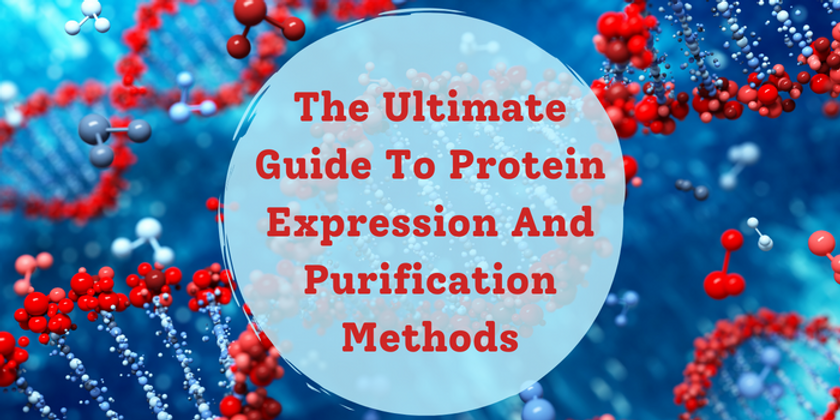The Ultimate Guide to Protein Expression And Purification Methods
Oct 6th 2022
Getting Expression and Purification methods right is crucial to writing good scientific papers, but working out the steps can be challenging. This resource is a list of common expression and purification methods. We have also included some external links to get more guides to protein purification, expression, or antibody production.
What is Protein Expression?
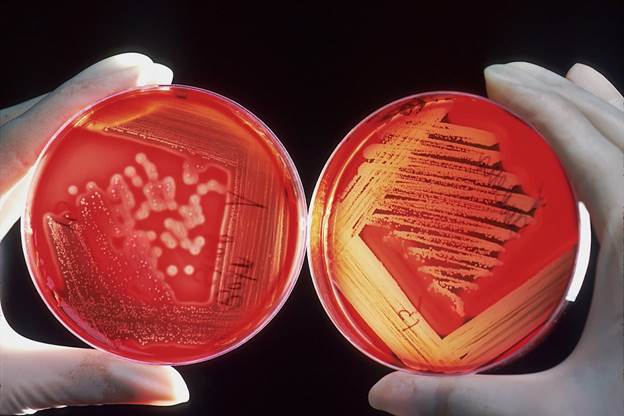
Proteins must be extensively purified before being employed for research, industry, or medicinal applications. Some proteins, such as casein, which accounts for 80% of the protein in milk, can be efficiently isolated in large amounts from a source that is conveniently accessible. Most proteins are not produced in nature in forms and quantities that make them simple to purify. By forcing cells to create specific proteins in quantities that can be purified for basic research or commercial and therapeutic applications, genetic engineering approaches get beyond the constraints of naturally produced proteins. This is what a protein expression service is all about.
The Protein Production Process
In a protein production service, proteins are generated and controlled in response to the cell's functional requirements. The DNA that contains the blueprints for proteins serves as a baseline for highly controlled transcriptional mechanisms that result in messenger RNA (mRNA). An mRNA's message is then turned into a set of amino acids that make up a protein. Transcription is the process by which information is copied from DNA to mRNA, and translation is the process by which a protein is made based on the sequence of amino acids written on the mRNA.
Translation And Transcription
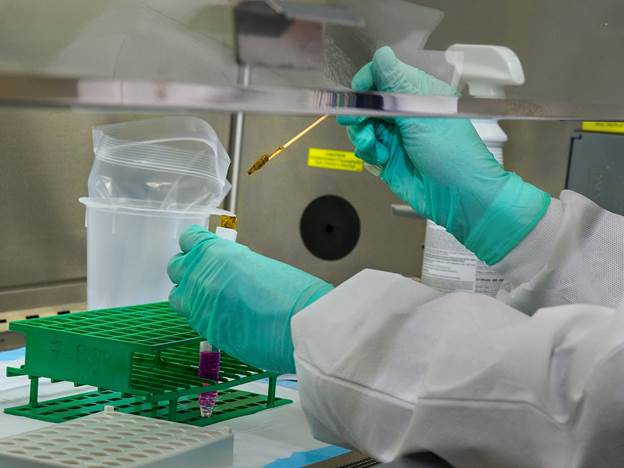
Translation and transcription are two sides of the same coin in prokaryotes. Even before a whole mRNA transcript is generated, translation of mRNA begins. It is called coupled transcription and translation when a gene does both transcription and translation simultaneously. The processes are spatially separated and occur in the correct order in eukaryotic cells, with transcription in the nucleus and translation in the cytoplasm, respectively.
Once translated, polypeptides undergo various posttranslational modifications to finalize their structure, label their subcellular localization, and control their activity. Posttranslational modifications, often known as PTMs, are multiple changes or additions made to the chemical structure of a freshly generated protein. These modifications play an essential role in the biology of the cell as a whole and other field like peptide synthesis service.
Cloning Techniques For Protein Expression
Cloning is a protein expression and purification impact factor that moves a piece of DNA or a gene of interest from one organism to a genetic element that can make copies of itself, like an expression vector.
At a minimum, a standard expression vector will consist of the following components:
- Bacterial origin of replication (ori)
- Antibiotic selection cassette for E. coli (an example is offering resistance to blasticidin S, Zeocin Selection Reagent, ampicillin, carbenicillin.)
- Antibiotic selection cassette for a specific host (enabling resistance in Geneticin Selective Antibiotic, Zeocin Selection Reagent, Hygocycin B, puromycin, blasticidin S, mycophenolic acid.
- The GOI (gene of interest) expression cassette (comprising a promoter and a gene-terminator or poly(A) signal)
The following could also be added:
- Epitope tags
- Internal ribosome entry site (IRES)
- Multiple cloning site [MCS (a polylinker)]
- Protease recognition sites
- Secretion signal
While most vectors already have a promoter to facilitate expression in a particular host system.
Choosing an Expression System
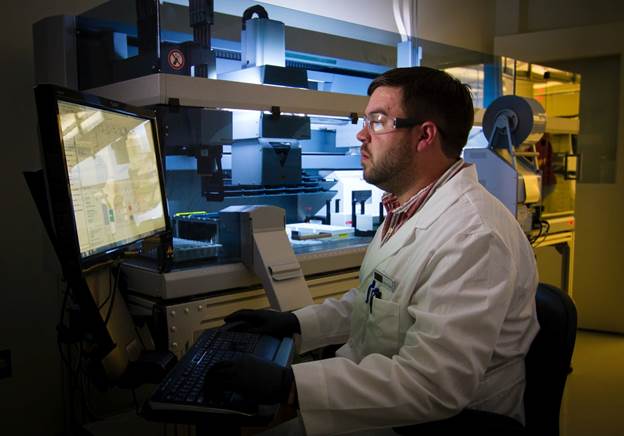
A protein expression and purification protocoltailored to a particular application are essential to success. Vital criteria in selecting an expression system include protein solubility, functionality, purification speed, and yield. Furthermore, each system has its benefits and drawbacks, which should be considered before settling on an expression system. Usually, services that make a custom antibody and proteins offer six different ways to make proteins: mammalian, insect, yeast, bacterial, algal, and cell-free systems.
Once a system is chosen, the way the genes will be delivered must be considered. Transfection and transduction are the two main ways genes are sent to cells. Through transfection, nucleic acids are put into the cells of both mammals and insects. There are many different protocols and procedures, including lipid transfection and chemical and physical approaches like electroporation.
Virus-mediated Transfection
Viral vectors are frequently used in place of lipid-mediated transfection in cell types that are incompatible with this lipid-mediated transfection. In protein purification service, virus-mediated transfection, sometimes referred to as transduction, provides a means to reach difficult-to-transfect cell types for protein overexpression or knockdown and is the most widely used technique in clinical trials. Vectors like adenoviruses, oncoviruses, lentiviruses, and baculoviruses have been used to get genes into mammalian cells in cell culture and living animals.
What is Protein Purification?
Purifying a protein of interest is one of the most critical learning steps. Steps of protein purification usually consist of the following:
- Breaking up the cell
- Attaching the protein to a matrix
- Washing
- Elution
Together, these processes enable antibody sequencing services to produce several products like Elisa Kits and services like gene synthesis for application in several scientific relms.
Cell Lysis
Cell lysis can be carried out using techniques, such as non-enzymatic ones (including sonication or the French press), hydrolytic enzymes like lysozyme, or detergent reagents like FastBreakTM Cell Lysis Reagent. Due to the difficulty of purifying native proteins, affinity purification tags are frequently fused during recombinant protein production to trap or detect the protein.
Many factors, including the cell employed to create the recombinant protein, affect which purification method yields the highest quality protein (e.g., prokaryotic versus eukaryotic cells). Due to its versatility, rapid cell growth, and low cult cost, Escherichia coli is still the go-to organism for many scientists to create recombinant proteins. Relatively large amounts of proteins synthesized in E. coli can be purified, although these proteins, particularly eukaryotic proteins, might not show appropriate protein function or folding. It may be possible to produce adequately folded, functional mammalian proteins with the necessary posttranslational modifications using cultured mammalian cells.
Also, affinity purification tags may be attached to a target recombinant protein to streamline the purification process. Polypeptides, tiny proteins, or enzymes are frequently used as fusion tags and are attached to a recombinant protein's N- or C-terminus. Proteins that carry certain tags are more likely to be stable, soluble, and expressed due to those tags' unique biochemical properties. Hence, using expression vectors with a fusion tag makes it easier to separate recombinant proteins.
Affinity Tags For Protein
Affinity tags are one way to find a specific protein or keep it from moving. There are many different kinds of affinity tags. These fusion tags are added to a recombinant protein's N- or C-terminus and can be polypeptides, small proteins, or enzymes.
Glutathione-S-Transferase
The glutathione-S-transferase (GST) is an affinity tag because it sticks firmly to glutathione-covered immobilized matrices. Eukaryotic organisms have a family of proteins called glutathione-S-transferases. These proteins are found in the cytosol and have multiple functions. It is possible to purify GST-fusion proteins without interference from endogenous bacterial proteins because GST isoforms are not generally found in bacteria. Several eukaryotic proteins expressed in bacteria benefit from adding a 26 kDa GST affinity tag, which increases their solubility.
Polyhistidine
By far, the most common type of tag is the polyhistidine tag. The polyhistidine tag's ability to purify proteins depends on histidine residues' affinity for immobilized metal, such as nickel (Yip et al., 1989; Hutchens & Yip, 1990). It is hypothesized that this affinity contact occurs due to nitrogen binding on the imidazole moiety of polyhistidine with an empty coordination site on the metal. By forming a complex with a chelate that is covalently bound to the support, the metal is anchored to the support. Protein purification can be helped in several ways by using polyhistidine tags.
Compared to larger tags, the polyhistidine tag is less likely to provoke an immune response because of its diminutive size. So, the tag usually does not need to be removed for applications after purification. The protein of interest can have a polyhistidine tag inserted into either the N-terminus or the C-terminus of its chain. Finally, since the polyhistidine tag's interaction with the metal is independent of the tag's tertiary structure, it is viable to purify ordinarily insoluble proteins under denaturing circumstances.
HaloTag Protein Tag
Protein fusion tags are employed to facilitate purification and the production of adequate quantities of soluble protein. Thus, the HaloTag® protein is a unique protein tag developed to improve the production and stability of recombinant proteins in E. coli. The HaloTag® protein tag is a monomeric protein tag with a molecular weight of 34 kilodaltons produced from Rhodococcus rhodochrous dehalogenase.
The HaloTag® protein binds quickly and chemically to a unique synthetic linker to make a connection that cannot be broken. Labeling fusion proteins in cell lysates for expression screening and capturing fusion proteins on a purification resin is possible due to the synthetic linker's ability to adhere to a wide range of entities, including fluorescent dyes and solid supports. HaloTag® Technology works with a lot of different ways to make proteins. It can make proteins in E. coli, mammalian cells, and cell-free systems.
Protein Purification Methods
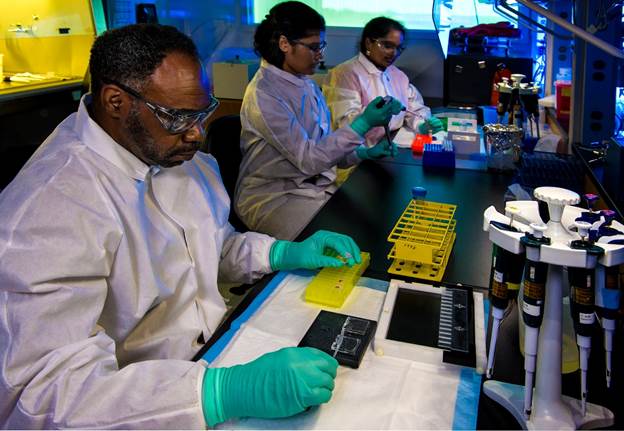
Purification of GST-Tagged Proteins
More and more people are looking for approaches applicable to the purification of recombinant proteins used in high-throughput screening. Magnetic resins make it possible to purify affinity-tagged proteins without having to do many centrifugation steps and move samples between tubes. Several things make a suitable protein purification resin:
- It should not bind to proteins that are not the target.
- It should bind to the fusion protein well.
- It should be easy to get the fusion protein back.
These requirements are met by the MagneGSTTM Protein Purification System, which makes it possible to purify proteins with a wide variety of molecular weights and expression levels. The magnetic properties of the binding particles make it possible to do purification using only a single tube, even when starting with crude lysate. In addition, high-throughput applications requiring automated liquid-handling platforms can take advantage of the technology. When designing protocols for automated workstations, we suggest looking to the manual protocol for inspiration.
Purification of Polyhistidine-Tagged Proteins
High-throughput methods for purifying proteins are becoming more and more vital. Magnetic resins make it possible to purify affinity-tagged proteins without having to do a lot of centrifuging and moving samples from one tube to another. Several things make a suitable protein purification resin:
- It should not bind to proteins that are not the target.
- It should bind to the fusion protein well.
- It should be easy to get the fusion protein back.
These requirements can be satisfied by the MagneHisTM Protein Purification System, which makes it possible to purify proteins spanning a wide range of molecular weights and exhibiting a variety of expression levels. One tube can be used to undertake purification from crude lysates due to the magnetic nature of the binding particles. In addition, high-throughput applications requiring automated liquid-handling systems can take advantage of the technology.
Purification of HaloTagged Protein
The conditions present in cultured mammalian cells are ideal for generating correctly folded and functional mammalian proteins with the necessary posttranslational modifications. However, the modest levels of recombinant protein expression in cultivated mammalian cells constitute an obstacle. Capturing these proteins efficiently and selectively from the crude cell lysate is essential for achieving a reasonable yield and purity.
Most methods of purifying proteins using affinity tags rely on equilibrium binding. Thus, the protein constantly moves back and forth between the bound (to the resin) and unbound (to the protein) states. The protein concentration and the tag's binding affinity affect this equilibrium. As a result, binding effectiveness may be diminished at low expression levels, resulting in limited fusion protein recovery. You can genetically fuse the HaloTag® protein tag to any protein and then either transiently or persistently express it in mammalian cells with the help of the HaloTag® Mammalian Protein Purification Systems.
After cell lysis, the HaloTag® fusion protein is covalently trapped on the HaloLinkTM Resin, while nonspecific proteins are removed by washing. The amino acid linker sequence that joins the HaloTag® protein tag to the protein of interest results in a particular proteolytic cleavage that releases the protein of interest at an optimal TEV recognition site. TEV protease fused to HaloTag® (HaloTEV Protease; Cat.# G6601) can be utilized to cleave the HaloTag® fusion protein and then covalently trapped on the HaloLinkTM Resin, eliminating the need for an additional step to remove the protease, culminating in a streamlined purification procedure.
Conclusion
There is more to the methods and strategies for protein expression and purification methods. However, we tried to give people just starting in the field a resource based on popular approaches in peptide synthesis, among others, using various methodologies to yield many proteins.

